建设工程中评标模型和投标报价模型的研究
摘 要 随着我国建设项目投资的不断扩大,建设工程招标制度使用的范围越来越广,招标已成为我国建设工程发包的主要形式。建设工程合理的评标方法及最优投标报价问题是当前亟待解决的问题之一。本文的主要研究内容如下所示: 首先,对招投标的起源与发展进行了简单的说明,阐述了招标和投标的程序,并详细介绍了建设工程常用的评标方法。根据综合评估法所具有的特性,选择层次分析来研究基于综合评估法的评标模型。结合Matlab软件,给出了求解层次分析法中组合权重和判断是否符合一致性检验的程序。根据评标采用综合评估法,分别针对标准施工招标和标准设计施工总承包招标所选择评分因素的特点,构建不同的层次分析模型。招标单位可以...
相关推荐
-
我国基层财政困难的制度成因分析与对策研究VIP免费
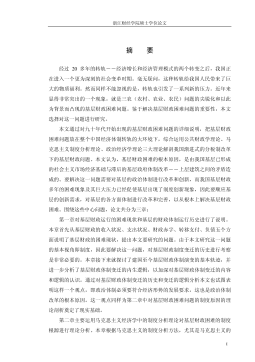
 2024-09-20 34
2024-09-20 34 -
我国煤电产业链纵向交易合约机制研究VIP免费
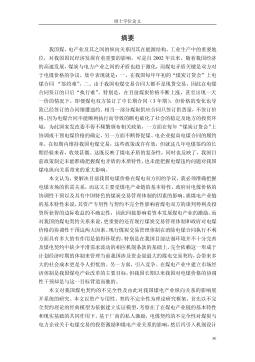
 2024-09-20 28
2024-09-20 28 -
生产要素视角下的上海市产业结构优化研究VIP免费
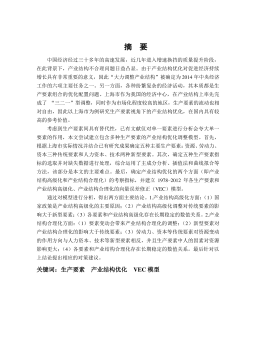
 2025-01-09 7
2025-01-09 7 -
我国银行业结构与经济结构关系研究VIP免费
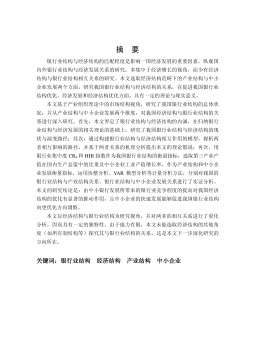
 2025-01-09 7
2025-01-09 7 -
大数据视角下农业供应链金融研究VIP免费
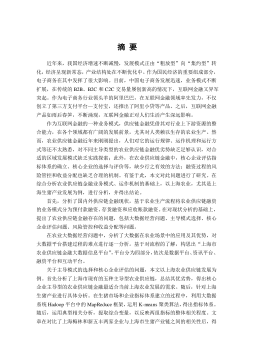
 2025-01-09 6
2025-01-09 6 -
跨国大型综合超市的规划研究VIP免费
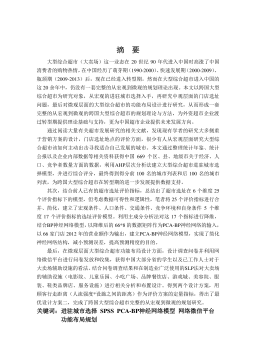
 2025-01-09 7
2025-01-09 7 -
跨境电商农产品质量安全问题研究VIP免费
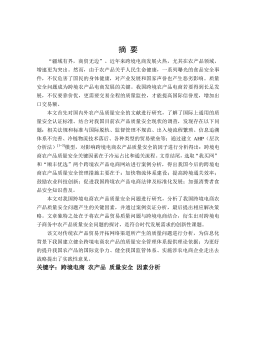
 2025-01-09 8
2025-01-09 8 -
世界市场的虚拟化与我国国际电子商务发展方向研究VIP免费
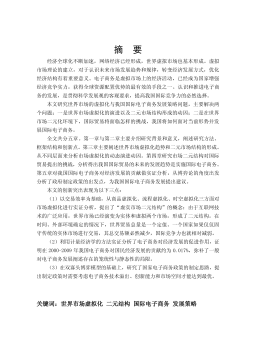
 2025-01-09 10
2025-01-09 10 -
中国政府对电力行业的价格规制问题研究VIP免费
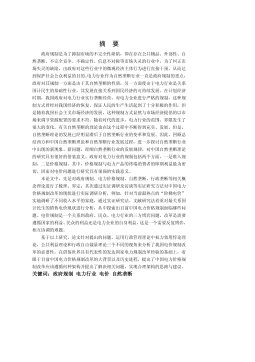
 2025-01-09 15
2025-01-09 15 -
中小企业信息化系统集成技术研究VIP免费

 2025-01-09 17
2025-01-09 17
相关内容
-

跨国大型综合超市的规划研究
分类:高等教育资料
时间:2025-01-09
标签:无
格式:PDF
价格:15 积分
-

跨境电商农产品质量安全问题研究
分类:高等教育资料
时间:2025-01-09
标签:无
格式:PDF
价格:15 积分
-

世界市场的虚拟化与我国国际电子商务发展方向研究
分类:高等教育资料
时间:2025-01-09
标签:无
格式:PDF
价格:15 积分
-

中国政府对电力行业的价格规制问题研究
分类:高等教育资料
时间:2025-01-09
标签:无
格式:PDF
价格:15 积分
-

中小企业信息化系统集成技术研究
分类:高等教育资料
时间:2025-01-09
标签:无
格式:PDF
价格:15 积分






